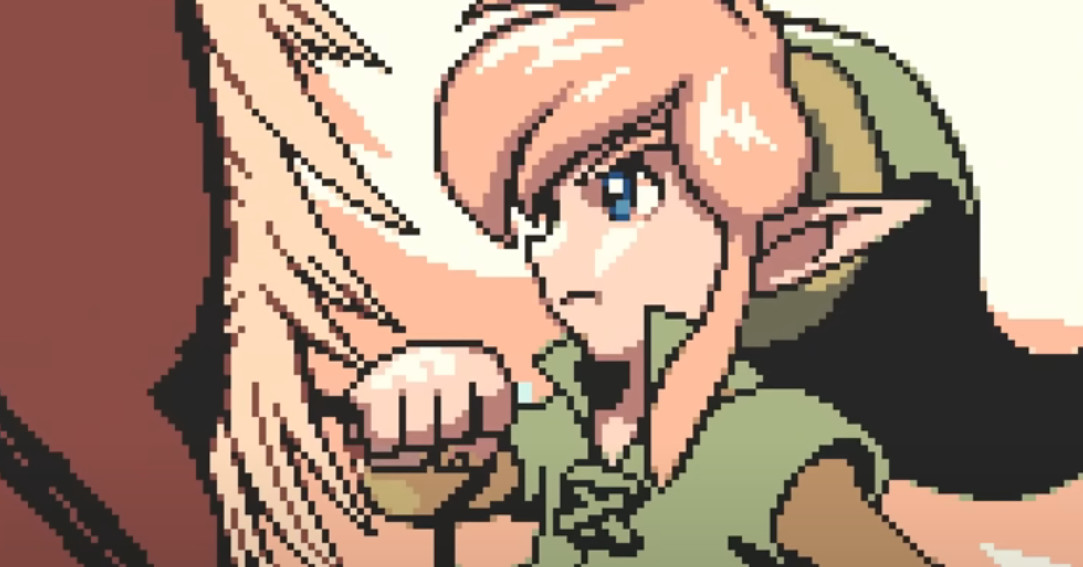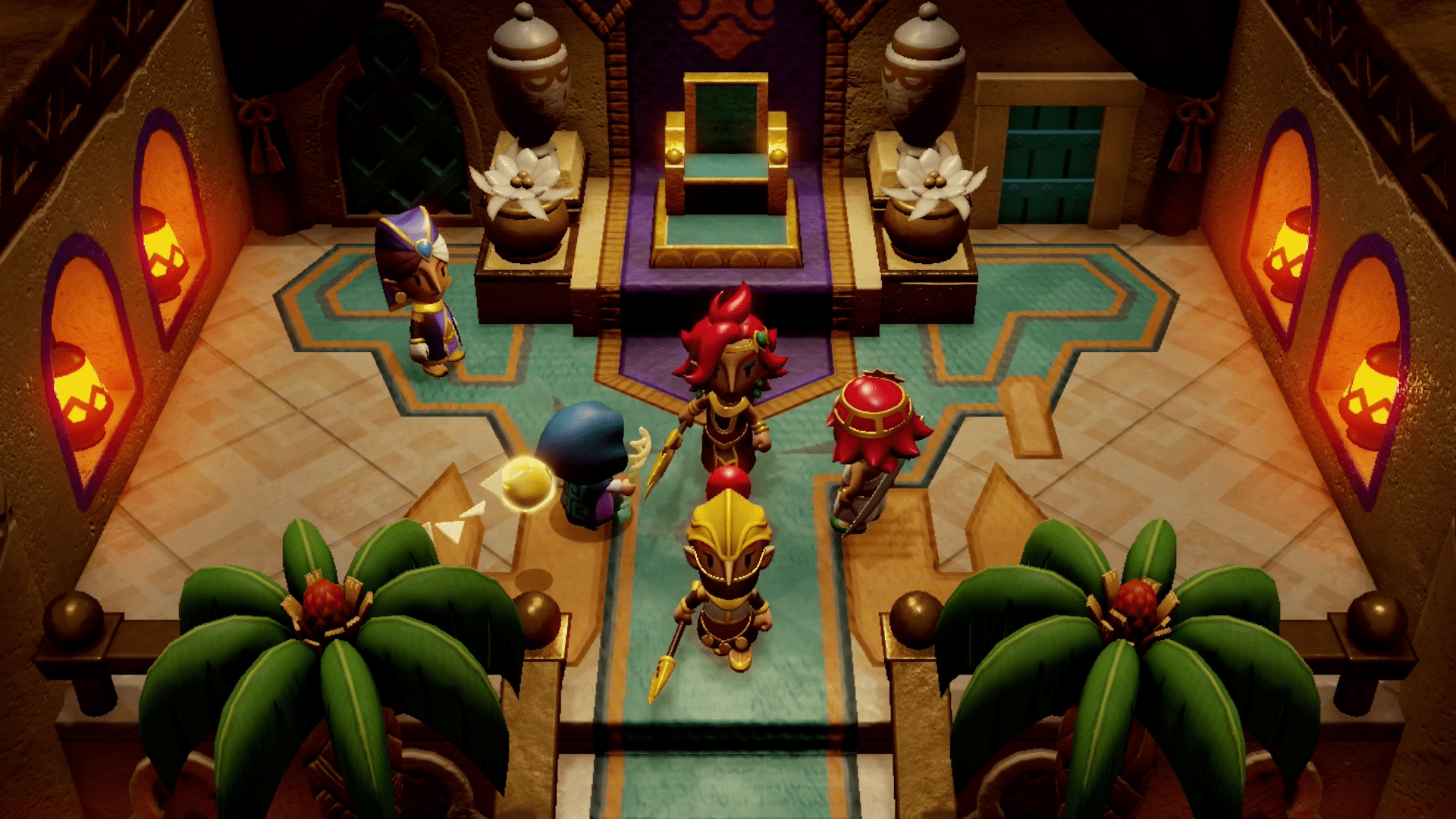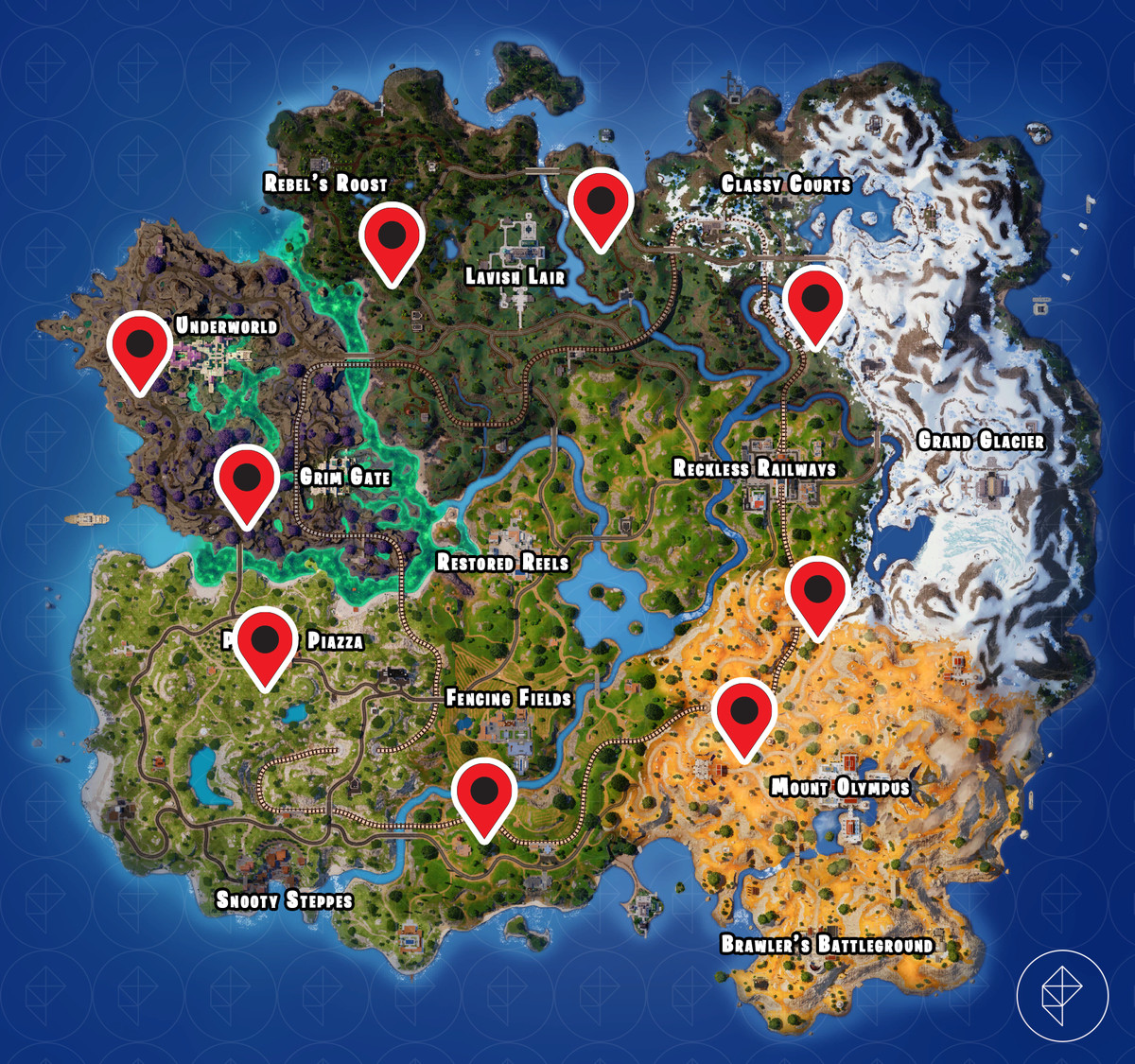Loss is inevitable, and yet, knowing that makes it no less difficult. Grief is all but guaranteed to touch your life — to touch my life. And, most certainly, it already has. That assuredness — that we’ll all be touched by death — is part of the reason so much art is dedicated to interrogating those feelings. For so long, video games have been one medium that, for all its death, dying, and multiple lives, had not quite unpacked the emotion of grief. There was little reason to: When you die in a video game, you always come back to life. The danger of death amounts to nothing but a few hearts on a screen, a number. Oftentimes, it’s encouraged. The more kills you get, the better. Death is not something to mourn there, but a celebration. But this isn’t a universal truth across all games. More and more video games are exploring what it means to lose — no longer just a level, but the more tangible, life-altering loss. It’s games like Spiritfarer, a “cozy management game about dying,” which is about life after death; What Remains of Edith Finch, about the stories that are left behind; or A Mortician’s Tale, which has you going hands-on with death. You’ll find grief in games, too, that are not explicitly about loss; like I said, it’s inevitable.
Surgent Studios’ Tales of Kenzera: Zau is the latest game about processing grief; in fact, that’s at the very core of the game. Led by House of the Dragon actor Abubakar Salim, the development team at Surgent Studios has not shied away from the topic. When he announced the game at The Game Awards in 2023, Salim said Tales of Kenzera: Zau was a way for him to process his grief in a manner that felt familiar to him, as someone who grew up playing and loving video games. The game is a tribute to his father, who died of cancer in 2013.
Set in a colorful, Afrofuturist world, Tales of Kenzera: Zau begins with a boy grieving the recent death of his father. His father had been sick for a long time, his death anticipated but no less devastating. The boy is not ready to say goodbye, so instead he picks up a book that his father was writing. Inside this book is where the majority of Tales of Kenzera: Zau is set, in a world that mirrors the boy’s own. Grieving the death of his father, a young shaman named Zau makes a deal with Kalunga, the god of death, to bring his father back. Zau must head deep into Kenzera, overrun with lost spirits, to confront three powerful spirits in order to fulfill Kalunga’s request.
:no_upscale()/cdn.vox-cdn.com/uploads/chorus_asset/file/25408613/ss_21237ba71847e29809a3b5732baebddea8b8dfcd.jpg)
Tales of Kenzera: Zau is a Metroidvania-style game that uses its gameplay to reflect back Zau’s story and grief. Zau enters Kenzera overcome with sadness, singularly focused on bringing back his Baba — he’s resistant to Kalunga’s assistance, even if he struggles without it. His grief is overwhelming, complicated; he processes his feelings, sometimes out loud, as he’s zipping through several different — but interconnected — lands in search of the spirits.
To take on the upset spirits, Zau uses the powers of two of his father’s masks: one that represents the sun, the other the moon. At the outset, the blue moon mask gives Zau a ranged attack, while the yellow sun mask is a melee attack for fighting enemies up close. Like any Metroidvania, Tales of Kenzera: Zau upgrades these abilities as you progress through its platforming. Eventually, Zau will gain the ability to freeze water or enemies, shoot electric spears, swing from hook flowers, and smash through reinforced gates. Beyond platforming, Tales of Kenzera: Zau offers plenty of environmental puzzles — reflections on timing, movement, and placement.
The game’s main path is a linear one that follows its story, but there’s always room for further exploration, as is traditional in a Metroidvania-style game. This is where the genre feels particularly apt for a game about grief; it is not linear, as you’ll often find yourself on what seems to be the wrong path, or lost in cycles and loops. But walking these meandering trails is often important in processing grief, even for Zau: Dead ends are often spaces for him to reflect or rest, which gives him extra health or uncovers little story bits. Not to mention, the world of Tales of Kenzera: Zau is absolutely gorgeous, despite that destruction and treachery abound. Each of the areas is distinct: lush greens in treetop jungles; browns and yellows for bone-crushing deserts; blues and purples for the underground depths. There’s emotion and life teeming in each environment, with music that matches its soul — and enhances its danger. It’s a beautiful visual re-creation of the Bantu myths and legends that are central in the game’s storytelling.
With each new ability, Tales of Kenzera: Zau becomes increasingly difficult. The platforming puzzles build on themselves within each of the game’s four chapters, and enemies grow more powerful, too. There’s also an upgrade tree to make Zau’s skills more powerful, as well as unlockable challenge runes that go even further. (The runes are nice to have, but not essential; for example, one will recharge your abilities the more you juggle enemies.) It all becomes a bit chaotic, but in the best way. Tales of Kenzera: Zau’s platforming and enemy battles are challenging in ways that feel rewarding, never punishing. The game’s story makes everything feel hard for a reason, and every win comes with some sort of new realization for Zau or the people he’s met on his way. These realizations don’t always stick with Zau; he might have a revelation about another’s grief, only to proceed headfirst into his own. Grief is messy, and Tales of Kenzera: Zau doesn’t shy away from that.
:no_upscale()/cdn.vox-cdn.com/uploads/chorus_asset/file/25408614/ss_e9edafce52549d7d8fa1595763bfc568a34256da.jpg)
Toward the very end of Tales of Kenzera: Zau, there’s a precision- and time-based platforming section that’s painfully difficult. It requires the use of nearly all of Zau’s upgrades and abilities, meaning there’s a lot of juggling buttons and timing. (I also encountered a few bugs that froze Zau in a certain ability, meaning auto-failure as he was consumed by raging fire — a detail that made the hard level even more painful.) During this section, Zau is escaping an erupting volcano after fighting the malevolent GaGorib. As the smoke and lava chase him, Zau must bash through walls, scale walls, dodge obstacles, and perform precise and well-timed platforming moves to survive. The sticking point, for me, was this one wall-breaking thrust timed just right after a hooked swing — I ended up caught by the lava more times than I could count. I never got exactly comfortable with doing it, and every time I broke through felt like a miracle. The section continued on, without a save point, for quite a bit, and after an hour or so, I finally made it through. By that time, I was frustrated and tired, and had a sore thumb. I was mad at the game and also myself. I almost stopped playing. But the feeling of Zau breaking through that last barrier was such a relief, one that felt like a real feat. A relief that made the struggle worth it. Unbeknownst to me, this level is quite close to the end of the game — one of the last major challenges I’d face in Tales of Kenzera: Zau. It’s the perfect time for such a challenge, the culmination of so many messy, complicated feelings both for me and for Zau.
I ended the game in tears as Zau’s story concluded, for I, too, am experiencing grief in my own life — the anticipatory kind, but grief nonetheless. I’m not ready yet to accept that, and I’m not sure that I ever will. But I leave Tales of Kenzera: Zau knowing that relief is possible, however far off it may be.
Tales of Kenzera: Zau will be released April 23 on Nintendo Switch, PlayStation 5, Windows PC, and Xbox Series X. The game was reviewed on PS5 using a pre-release download code provided by Electronic Arts. Vox Media has affiliate partnerships. These do not influence editorial content, though Vox Media may earn commissions for products purchased via affiliate links. You can find additional information about Polygon’s ethics policy here.








